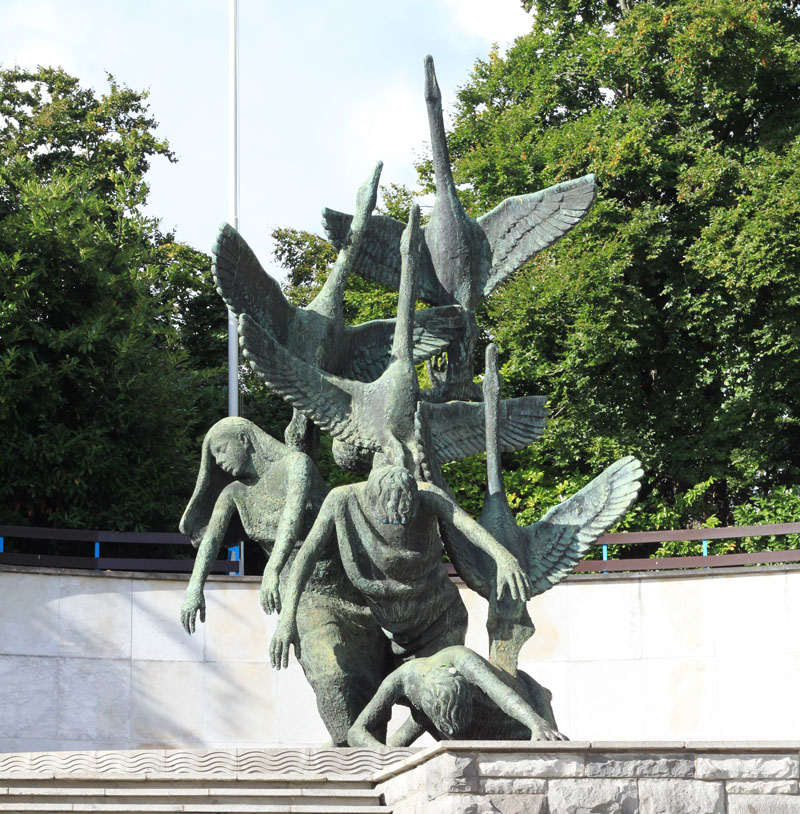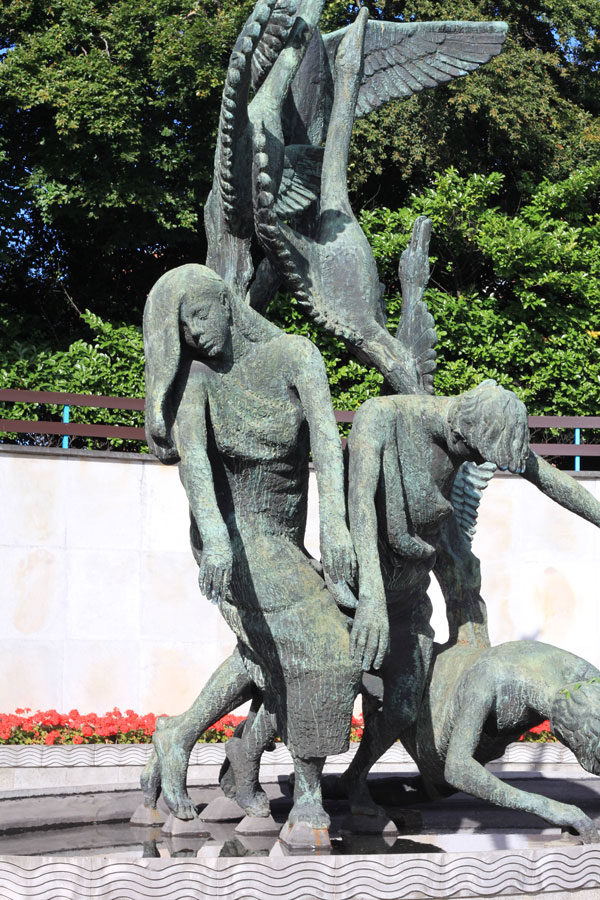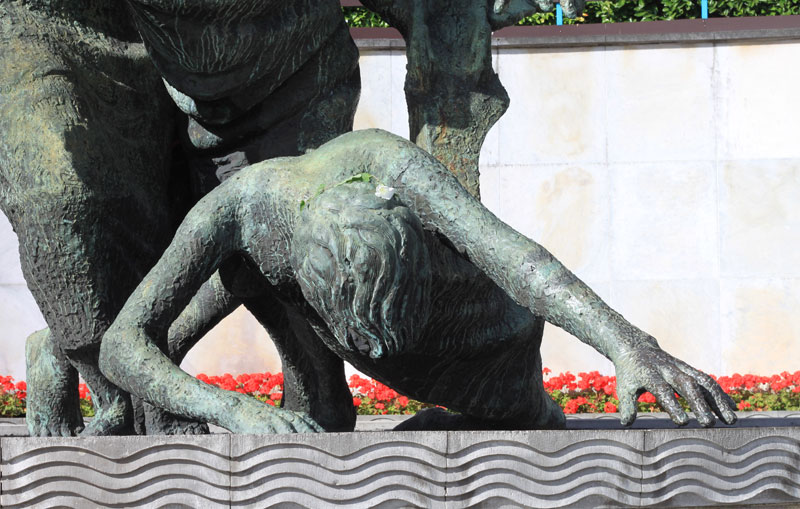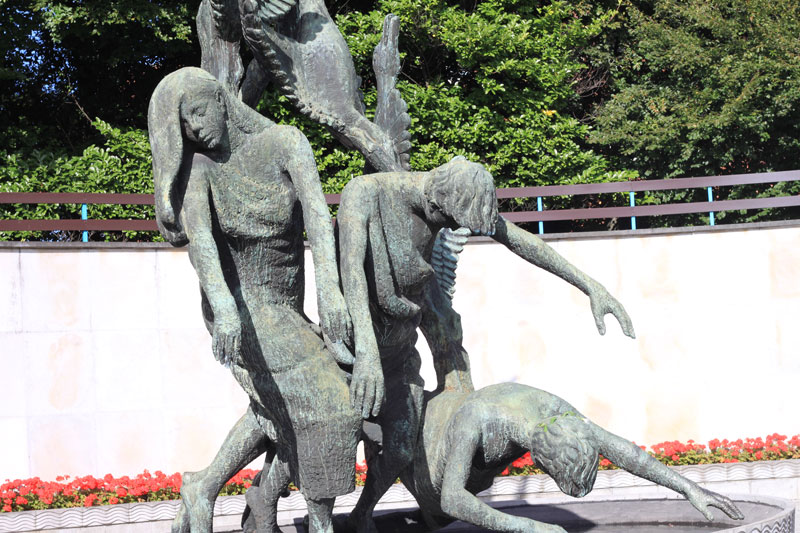
Lir was the Lord of the Sea, in the days of the Tuatha de Danann. He had four children – a daughter, Fionnualla and three sons – Aodh and twins Conn and Fiachra. His wife died when the children were still young and Lir married Aoife a woman with magical powers.
Aoife became jealous of the love Lir had for his children and they for him. She also resented how much the children missed their mother. She tried in vain to get a servant to kill the children, thenclost her nerve when she herself set out to kill the children. So she cast a spell on them. She turned the children into the most beautiful swans ever seen, and told them they would be forced to spend nine hundred years as swans – three hundred on Lough Derravaragh, three hundred on the Straits of Moyle and three hundred on the Isle of Inish Glora. They would, however be allowed to keep their voices and as swans they made the most mystical, magical music in all of Ireland.
To end the spell the children would have to hear the bell of the new God, and a holy man would have to ring it.
For three hundred years they lived on Lake Derravaragh and then they flew to the Straits of Moyle and spent another three hundred years. By this time, St. Patrick was converting all of Ireland, and Ireland had accepted this one true God above all gods.
When the last three hundred years of exile on the Isle of Inish Glora were up, they met a man named Mochua. They asked him if he was a holy man and he said he was. He asked them if they were the children of Lir. He had heard about these beautiful swans who sang magically being the cursed children of Lir. They responded that they, in fact were the children of Lir. Mochua set about to make a bell to ring to set the children free.
Just when the bell was finished, the King of Connaught came to the Isle of Inish Glora demanding to take the swans to his castle because his wife was captivated by their beautiful singing and wanted to own them so she could hear that singing whenever she liked. The King was prepared to take them by force if necessary. Just as he began to round up the swans, Mochua rang the bell with fierce enthusiasm. A mist formed around the swans and a great white light seemed to illuminate them suspending them in the air.
The swans began to rise and then fade, and below them the limp forms of four children appeared on the ground. The human bodies of Fionnualla, Aodh, Fiachra and Conn aged 900 years in a few minutes… and they died, ending the race of the Tuatha de Danann.
The spirits of the children of Lir were united with their beloved parents and their presence is felt today by those who choose to remember them.
 The Garden of Remembrance in Dublin was built in memory of all those who gave their lives fighting in the cause for Irish freedom. The memorial is built on the site where leaders of the 1916 Easter Uprising were held overnight before they were taken to the Kilmainham Gaol to be executed. The dominant feature in the garden is a sculpture representing the Children of Lir who had to live in exile for 900 years, similar to the 900 years of oppression the Irish suffered under British occupation.
The Garden of Remembrance in Dublin was built in memory of all those who gave their lives fighting in the cause for Irish freedom. The memorial is built on the site where leaders of the 1916 Easter Uprising were held overnight before they were taken to the Kilmainham Gaol to be executed. The dominant feature in the garden is a sculpture representing the Children of Lir who had to live in exile for 900 years, similar to the 900 years of oppression the Irish suffered under British occupation.
A reflecting pool has images of swords, spears, shields an implements of warfare painted on the bottom. In the Celtic tradition clans who did battle cast their weapons into the sea or a lake after the battle is over to symbolize the end of hostilities.
The Garden of Remembrance is a thin place.






[…] take the time to let it soak in. One need only to visit the Famine Memorial along the Quay or the Garden of Remembrance in Parnell Square to connect with such energy. Both are within a mile of each other in the City […]